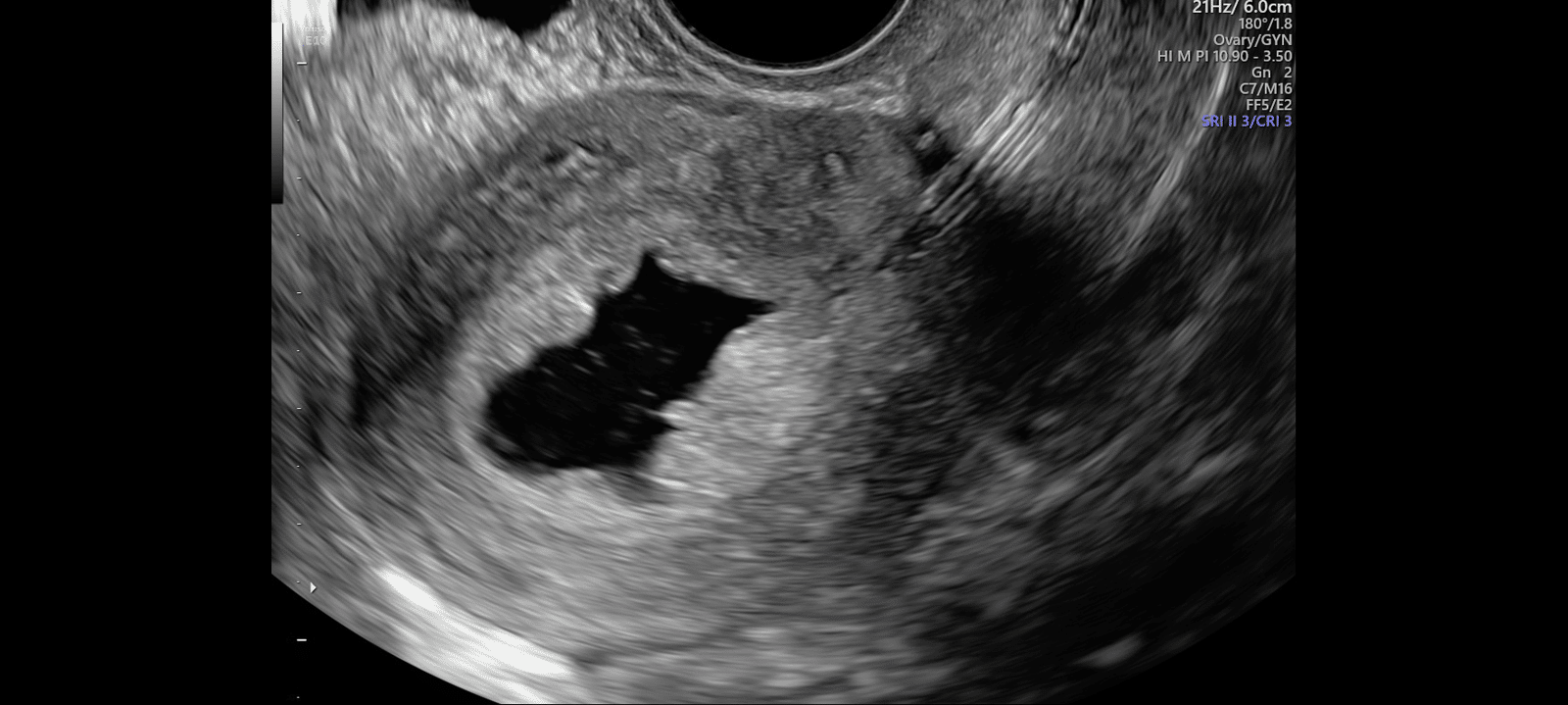The Hycosy Test / Tubal Patency Ultrasound scan is done to look for blockages in the fallopian tubes when a woman is having trouble falling pregnant. It complements other investigations such as ovulation tests and sperm analysis. It may also be done as a preliminary test before IVF.
It involves a procedure similar to a pap smear in which a very fine plastic tube is passed through the cervix. You are then scanned with a small probe in the vagina. The probe is sterilized and covered with a disposable sheath to protect you and others from the risk of infection. A fluid solution is slowly injected through the plastic tube and into the womb. Over the next five to ten minutes we watch on the ultrasound for the movement of the fluid into the fallopian tubes. We will let you know what we are seeing. If no flow is seen on either side, then there is a 90 per cent chance that your tubes are blocked or scarred, and IVF may be necessary. A single blocked tube is not a significant problem.
Because the procedure can cause period-like pains, we recommend you take two Naprogesic or Ponstan* tablets one hour before the test. It is preferable to book the test within 12 days of starting a period. We will do a urinary pregnancy test prior to the scan.
IMPORTANT POINTS
Arrange help or time off work on the day of the test.
Because the procedure can cause period-like pains, we recommend you take two Naprogesic or Ponstan* tablets one hour before the test.
It is preferable to book the test within one week of finishing a period. We will do a urinary pregnancy test prior to the scan.
If you have any concerns, our doctors can be contacted at the practice you attended.

Our locations
Penrith
Meet our specialists who are experts in ultrasound, high risk obstetrics, reproductive genetics and prenatal diagnostics